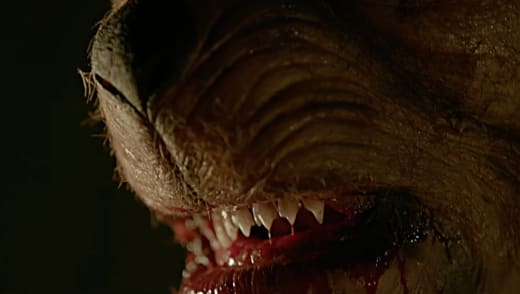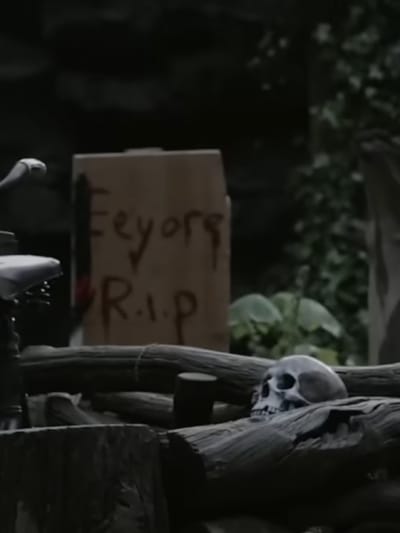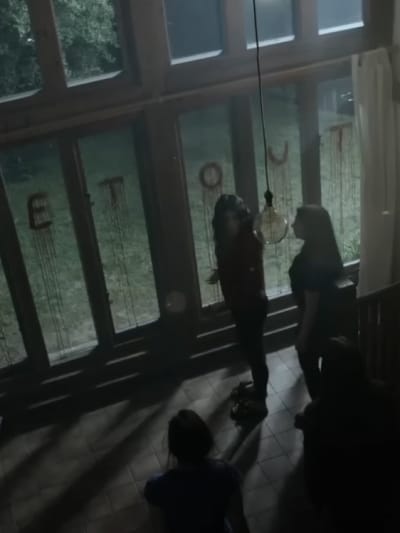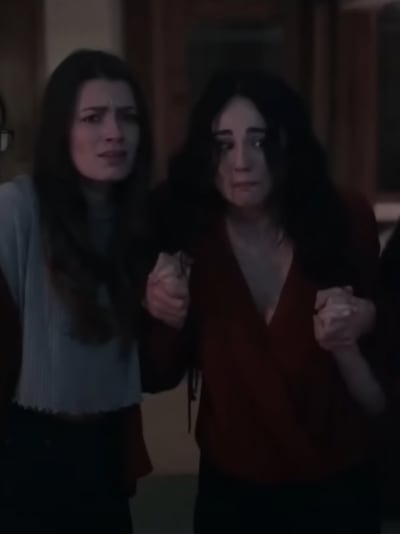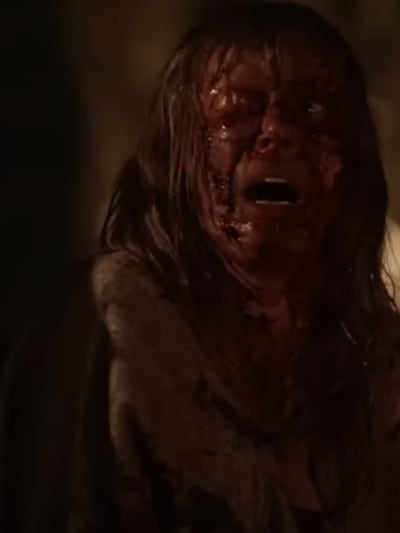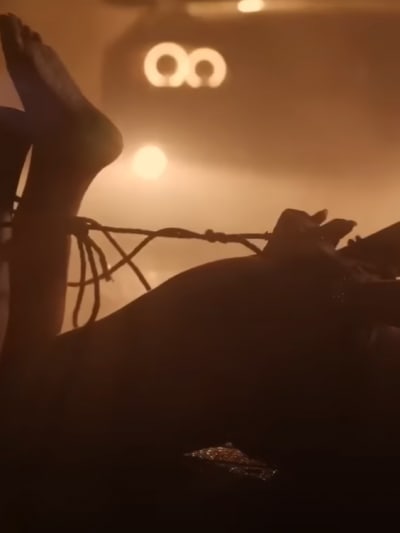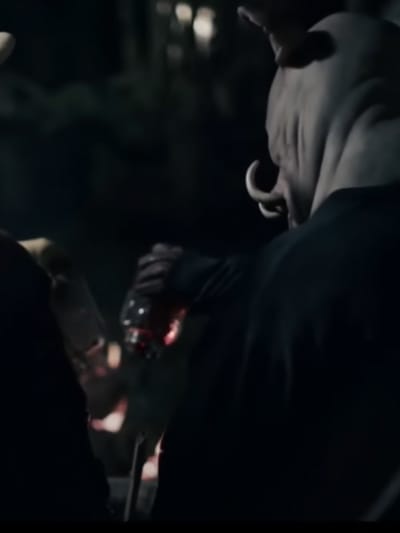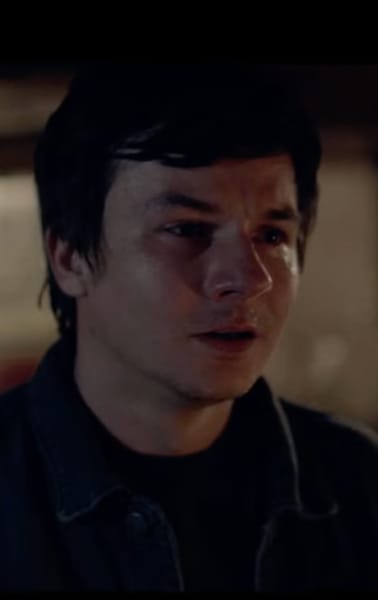How Winnie the Pooh: Blood and Honey Went From Flop to Hit (And What Hollywood Learned From It)
 Jason Collins
at
.
Jason Collins
at
.
Winnie the Pooh: Blood and Honey presents a fascinating case study in an era when box office success is often predicated on Blockbuster budgets and star-studded casts.
Initially dismissed by critics and audiences alike, this independent film rebounded and carved a niche in cinematic history, although many may not have thought so initially.
This blog post explores the journey of Winnie the Pooh: Blood and Honey, dissecting the factors behind its surprising success and the valuable lessons Hollywood can extract from its trajectory.
Deepening the Divide: Audience Polarization and Initial Reception
The initial setback for Winnie the Pooh: Blood and Honey was exacerbated by a polarized audience reaction.
Traditional fans of Winnie the Pooh, expecting the warmth and innocence synonymous with the character, were taken aback by the film's dark interpretation.
This departure alienated a potential audience segment and ignited a firestorm of criticism on social media platforms.
Some saw the film's daring to reimagine a beloved childhood icon in a horror context as a step too far, leading to a backlash that threatened to overshadow the film's artistic merits.
Amidst this controversy, the movie struggled to find its footing, and its initial box office returns reflected the wide gap between intrigued curiosity and outright dismissal.
Critical Backlash and Marketing Missteps
Compounding the film's troubles were the initial reviews from critics, many of whom were quick to dismiss it as a gimmick without substance.
The critical consensus at launch painted "Winnie the Pooh: Blood and Honey" as a misguided venture lacking both the charm of the original stories and the depth expected of a serious horror film.
Marketing strategies at the outset failed to bridge this divide, often leaning into the shock value without adequately preparing audiences for what was a complex, nuanced take on themes of innocence lost and darkness lurking beneath the surface.
These marketing missteps and a wave of negative press sealed the film's fate early on, relegating it to the fringes of cinematic novelties.
However, as we've seen, "Winnie the Pooh: Blood and Honey" was far from finished.
Through strategic audience engagement and a reinvigorated marketing approach, the film began to turn the tide, carving out a niche for itself and eventually finding success against the odds.
Let's examine how they reversed their fortunes.
Embracing Niche Marketing
The turnaround began with a strategic marketing pivot. Recognizing the film's unique positioning, the marketing team targeted niche audiences with an affinity for indie and horror genres, generating buzz through social media platforms and horror movie forums.
This grassroots marketing approach allowed the film to reach an audience eager for content that defied conventional norms.
Viral Sensation and Word of Mouth
The film's fortunes changed as it became a viral sensation. The shock value of its premise and bold narrative choices fueled discussions across social media platforms. Word of mouth became the most potent marketing tool, with curiosity driving viewership numbers up significantly.
Critical Reappraisal
With growing popularity, Winnie the Pooh: Blood and Honey underwent a critical reappraisal. What was once viewed as a risky deviation from a beloved childhood story was celebrated for its creativity and daring.
The film's success prompted discussions about the importance of creative risks in storytelling and the potential rewards of deviating from established norms.
Lessons for Hollywood
The journey of Winnie the Pooh: Blood and Honey from flop to hit offers several lessons for Hollywood.
Niche Targeting
Understanding and engaging specific audience segments can lead to substantial returns, especially for films outside the mainstream.
"Winnie the Pooh: Blood and Honey" demonstrated that even movies with unconventional themes could find their audience. The producers could cultivate a dedicated fan base by identifying and targeting viewers who appreciate indie horror films.
This approach underscores the importance of market research in identifying potential audiences whose interests align closely with the content produced. Tailoring marketing messages to these groups can help ensure a more engaged and receptive audience.
Leveraging Social Media
Effective social media use can amplify a film's reach and engage audiences meaningfully, turning potential setbacks into marketing opportunities. For Winnie the Pooh: Blood and Honey, social media platforms became arenas for discussion, debate, and dissemination.
By engaging with audiences directly on these platforms, the film's creators could control the narrative to some extent, highlight positive feedback, and create buzz through shareable content.
This strategy illustrates the power of social media in shaping public perception and driving audience engagement.
The Power of Word of Mouth
The organic spread of word of mouth, especially in the digital age, can significantly impact a film's success.
In the case of Winnie the Pooh: Blood and Honey, word of mouth played a crucial role in transforming the film's fortunes. Interest grew exponentially as people began discussing the movie through social media, blogs, or personal conversations.
This phenomenon shows that traditional marketing is one of many paths to success. It allows audience members to become powerful advocates for the content, amplifying its reach beyond conventional channels.
Creative Risks
The industry's future may depend on its willingness to take creative risks and produce fresh and engaging content.
Winnie the Pooh: Blood and Honey reimagined a well-known children's character in a completely new context, and while initially controversial, this move ultimately paid off.
Film Success is Unpredictable
Winnie the Pooh: Blood and Honey is a testament to the unpredictable nature of film success.
Its journey from an initial flop to a celebrated hit underscores the dynamic interplay between niche marketing, social media buzz, and the inherent value of creative risks.
As Hollywood continues to evolve, the lessons from this film's remarkable turnaround will undoubtedly influence future filmmaking strategies, reminding industry leaders that sometimes, the most unexpected paths lead to success.
Jason Collins was a staff writer for TV Fanatic. You can follow him on X.
